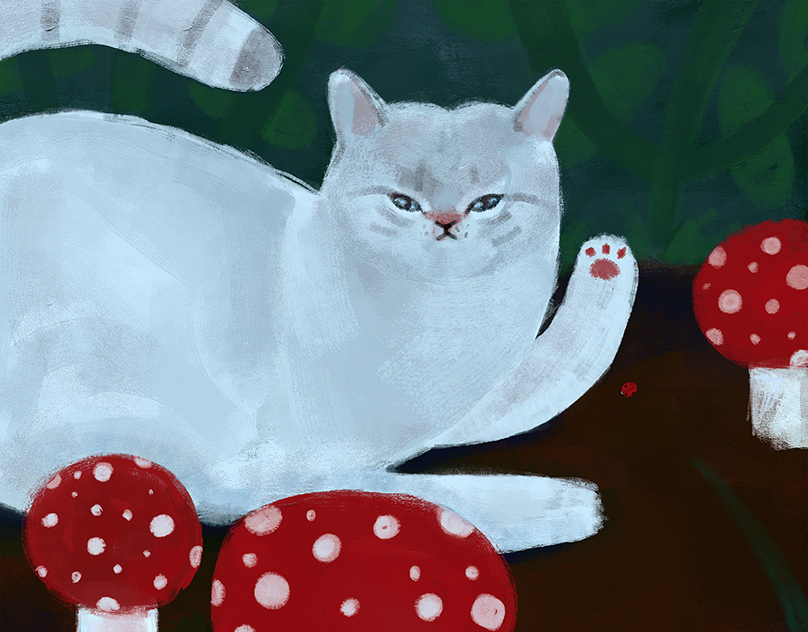BAXI VR-Room
Interactive Mechanical Assembly Simulation for VR training on HTC Vive.
Interactive Mechanical Assembly Simulation for VR training on HTC Vive.

"BAXI VR-Room": Interactive Mechanical Assembly Simulation for VR training on HTC Vive.
The following project is about the VR development of a training room for personnel installing gas heaters through the HTC Vive virtual reality system.
The project was developed in three stages, in order to be able to establish the development time according to the level of complexity of each stage that required the development. The user is able to disarm and assemble a gas heater, using the interactive properties of the parts. It was developed a room exactly the same as the existing in real life, property of the company "Baxi Heating UK Limited", so that the user could work with the real scale of the room where the VR simulation will be played.

Original Boiler components.
All the objects in the room were customized developments entirely, following the Low Poly design criterion so as to be able to interact with a big amount of polygons within the scene. All pieces that were part of the heater were supplied by the client in WRL file format exported from a CAD system, which required an Optimization process for the reduction of the total polygons amount; as well as the development of different Texture Maps channels for all parts.
In addition, a Corporate Video was included in the VR simulation, in order to be able to appreciate the commemorative video of the company's 150 years.
All the development was carried out in a Desktop PC under Windows 7 SP1 and DirectX 11. with the following software:
- Autodesk 3Ds MAX 2015
- Unity 5.4.1f1 (64-bit)
- The Lab Renderer for Unity.
- SteamVR Plugin V1.1.1
- VRTK - SteamVR Unity Toolkit 2.1.
In addition, a Corporate Video was included in the VR simulation, in order to be able to appreciate the commemorative video of the company's 150 years.
All the development was carried out in a Desktop PC under Windows 7 SP1 and DirectX 11. with the following software:
- Autodesk 3Ds MAX 2015
- Unity 5.4.1f1 (64-bit)
- The Lab Renderer for Unity.
- SteamVR Plugin V1.1.1
- VRTK - SteamVR Unity Toolkit 2.1.
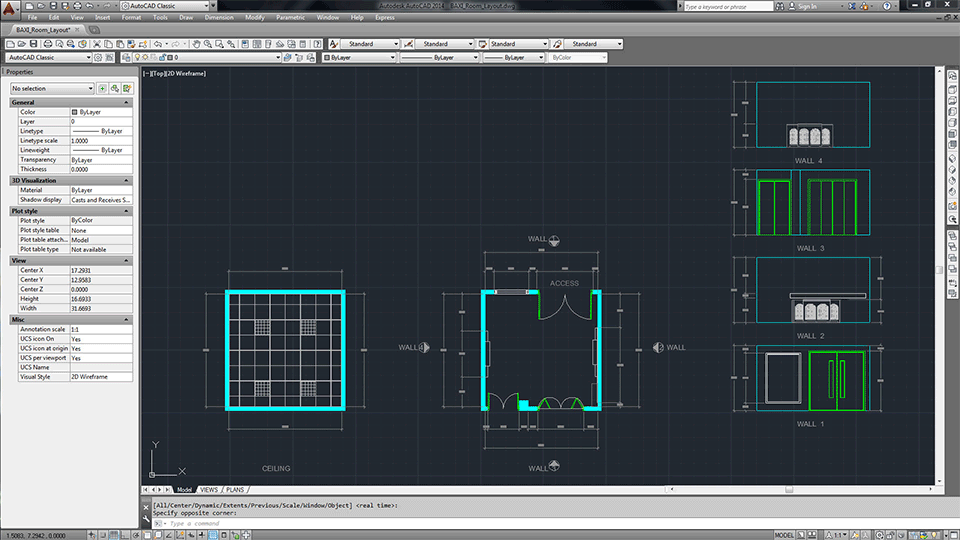
AutoCAD drawing development.
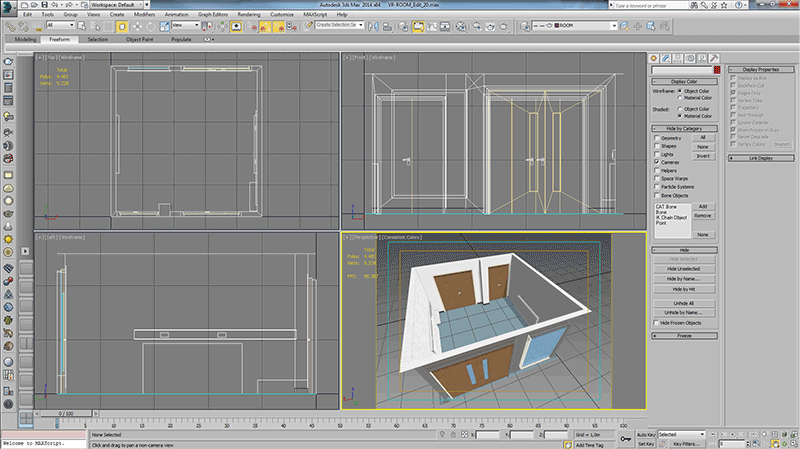
3Ds MAX Modeling and texturing development.

Unity3D Integration Development.

3Ds MAX assets development - Boiler-Station.

3Ds MAX assets development - Work Table..

CAD Boiler components optimization development.
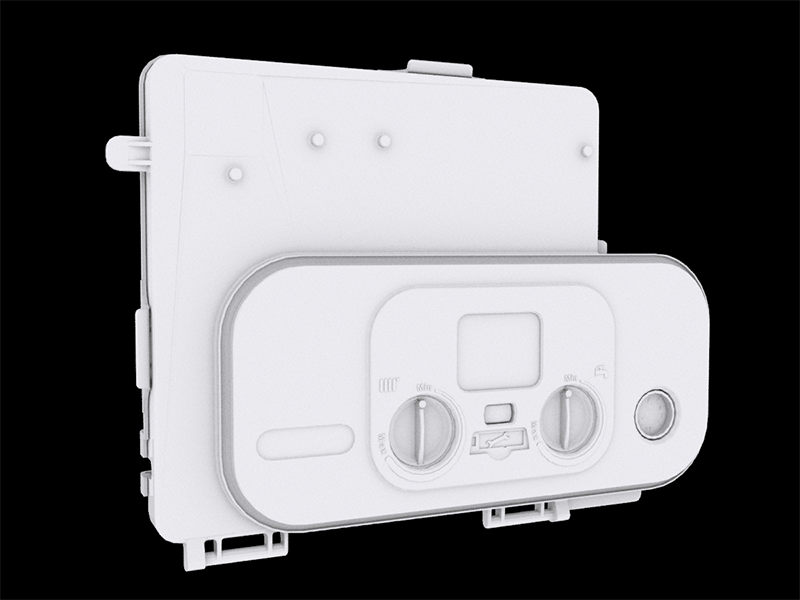
Boiler components development - Plastics.
Start: Polys:64.722 | Verts:32.329
End: Polys:48.951 | Verts:28.330
Start: Polys:64.722 | Verts:32.329
End: Polys:48.951 | Verts:28.330

Boiler components development - Hydraulics.
Start: Polys:191.810 | Verts:96.134
End: Polys:125.422 | Verts:64.742
Start: Polys:191.810 | Verts:96.134
End: Polys:125.422 | Verts:64.742

Boiler components development - Fan-in-Duct.
Start: Polys:114.848 | Verts:57.393
End: Polys:101.897 | Verts:53.534
Start: Polys:114.848 | Verts:57.393
End: Polys:101.897 | Verts:53.534
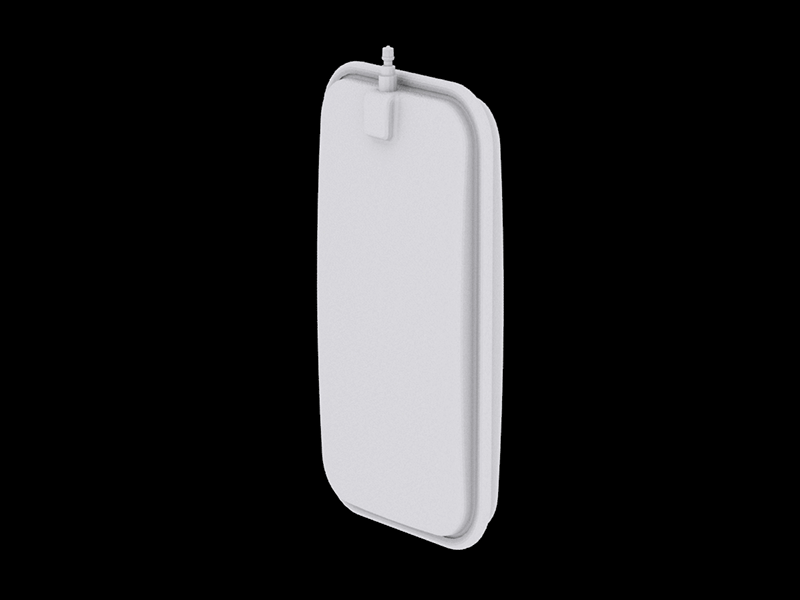
Boiler components development - Expansion Vessel

Boiler components development - Heat Exchanger.
Start: Polys:338.492 | Verts:169.376
End: Polys:144.374 | Verts:77.402
Start: Polys:338.492 | Verts:169.376
End: Polys:144.374 | Verts:77.402

BAXI VR Development - Stage 1 - 2

BAXI VR Development - Stage 3

BAXI VR Development - Stage 3

BAXI VR Development - Stage 3
BAXI VR-Room - Demo V2.02
BAXI VR-Room - Demo V3.02
BAXI VR-Room | Standalone Demo Visualization
All the VR project development was carried out following the international conventional norms that this type of development implies, in spite of this it was possible to confirm a "vibration" in the pieces to be holded, as well as a flicker in the client's visualization on HTC Vive that did not exist in the computer where development was performed. | Developer visualization test 01 | Developer visualization test 02 | Several "Occlusion Culling" optimization tests were developed for VR visualization, so as to be able to rule out any errors on materials or lights in the scene: | Test-04.03_A | Test-04.03_B | Test-04.03_C | Although the final VR Scenes could be correctly displayed on the development source computer (Win 7), the flickering issue could not be solved on the client computer (Win 10). | Client visualization 01 | Client visualization 02 | Client visualization 03 | Subsequently, after three sessions of Remote Assistance in which the project source files were installed on the client's own computer, it was confirmed that the flickering issue was due to the DirecX12 component, so was proved that the component "SteamVR Plugin V1.1.1" must be improved for VR simulations based on Win10. In order to develop the link between parts is required that the parts do not vibrate, so it becomes necessary to develop a "retopology" of all the parts can work, so it was confirmed that the original CAD parts sent by the client was not suitable to be used in VR simulation.
In conclusion it was possible to confirm that in some cases it is not enough to use the traditional "Optimization" processes for complex geometries, since the amount of remaining polygons in the CAD geometries requires a process called "Retopology" that it involves making new pieces. It is not possible to determine the need to execute the Retopology process without having discarded the Optimization development process before, so I strongly recommend to developers and clients should be aware that there is a risk of further development often not included in the initial budget of any VR project. It is very important to point out that the "SteamVR Plugin" component must be corrected in future versions so that they can operate 100% for VR scenes based Win10, as well as the need to perform the "Retopology" process of any industrial part that comes exported from CAD systems, in order to avoid any possible visualization failure that could be generated as well as undesired vibration of the parts that could compromise the programming of behaviors.
The technical specifications of both computers can be confirmed in the following link:
"VRMark Comparison results": http://www.3dmark.com/compare/vrpor/21828/vrpor/44569
"VRMark Comparison results": http://www.3dmark.com/compare/vrpor/21828/vrpor/44569

"BAXI VR-Room".
Interactive Mechanical Assembly Simulation for VR training on HTC Vive.
Commissioned work by "Baxi Heating UK Limited" - www.baxi.co.uk
September - November 2016
Marco Romero 3D Design Studio
Website: http://www.marcoromero.net
LinkedIn: https://www.linkedin.com/company/15157715
Facebook: https://www.facebook.com/MarcoRomero3D
DISCLOSURE: Shared by Creative Commons license (CC BY-NC-ND) Attribution + Noncommercial + NoDerivatives.
The 3d images and information included in this post can not be used without the specific authorization of the owner according to the Copyright, as well as Moral Rights contemplated by the Berne Convention for the Protection of Literary and Artistic Works.
All support brands and logos are the property of their respective owners.
Website: http://www.marcoromero.net
LinkedIn: https://www.linkedin.com/company/15157715
Facebook: https://www.facebook.com/MarcoRomero3D
DISCLOSURE: Shared by Creative Commons license (CC BY-NC-ND) Attribution + Noncommercial + NoDerivatives.
The 3d images and information included in this post can not be used without the specific authorization of the owner according to the Copyright, as well as Moral Rights contemplated by the Berne Convention for the Protection of Literary and Artistic Works.
All support brands and logos are the property of their respective owners.


